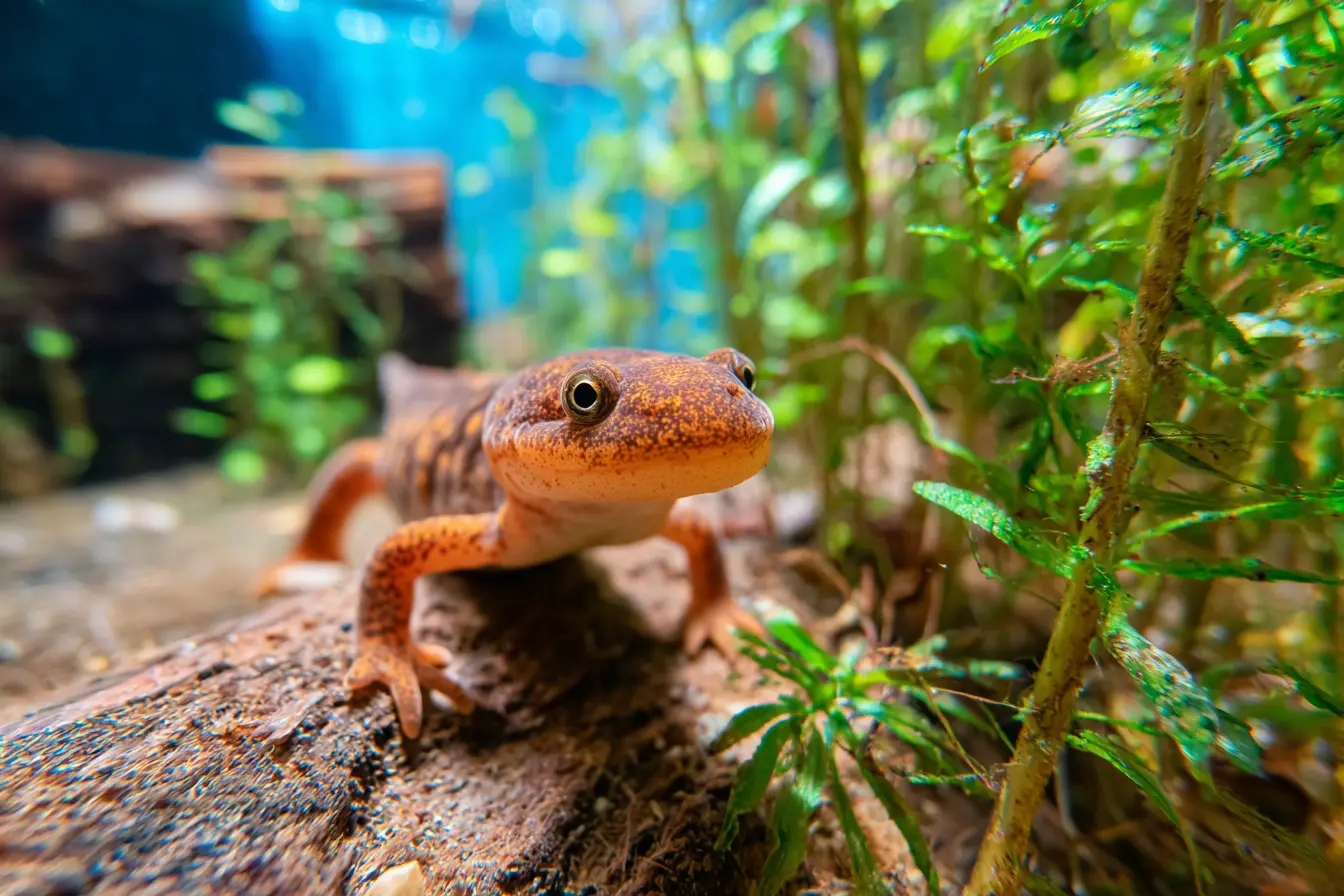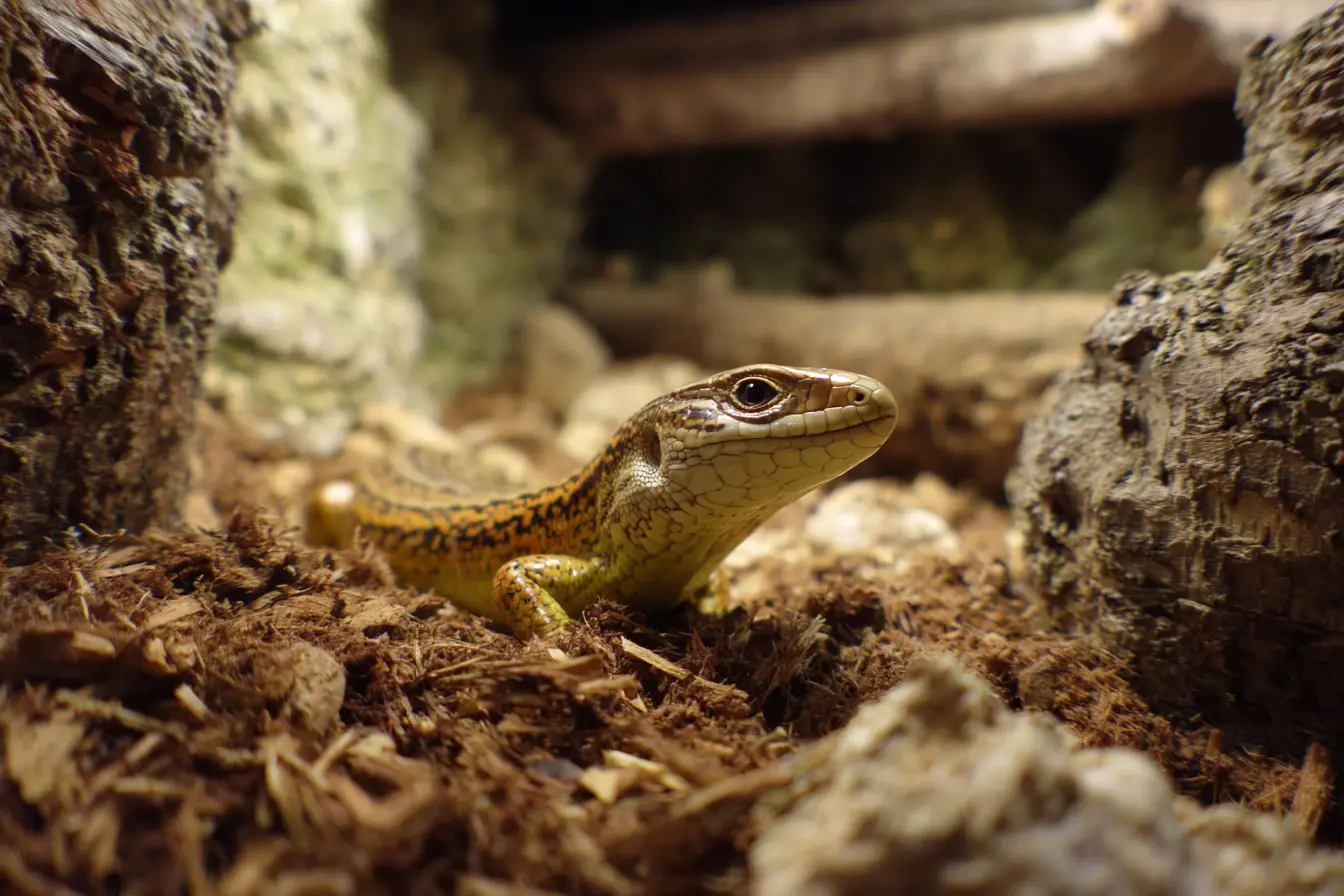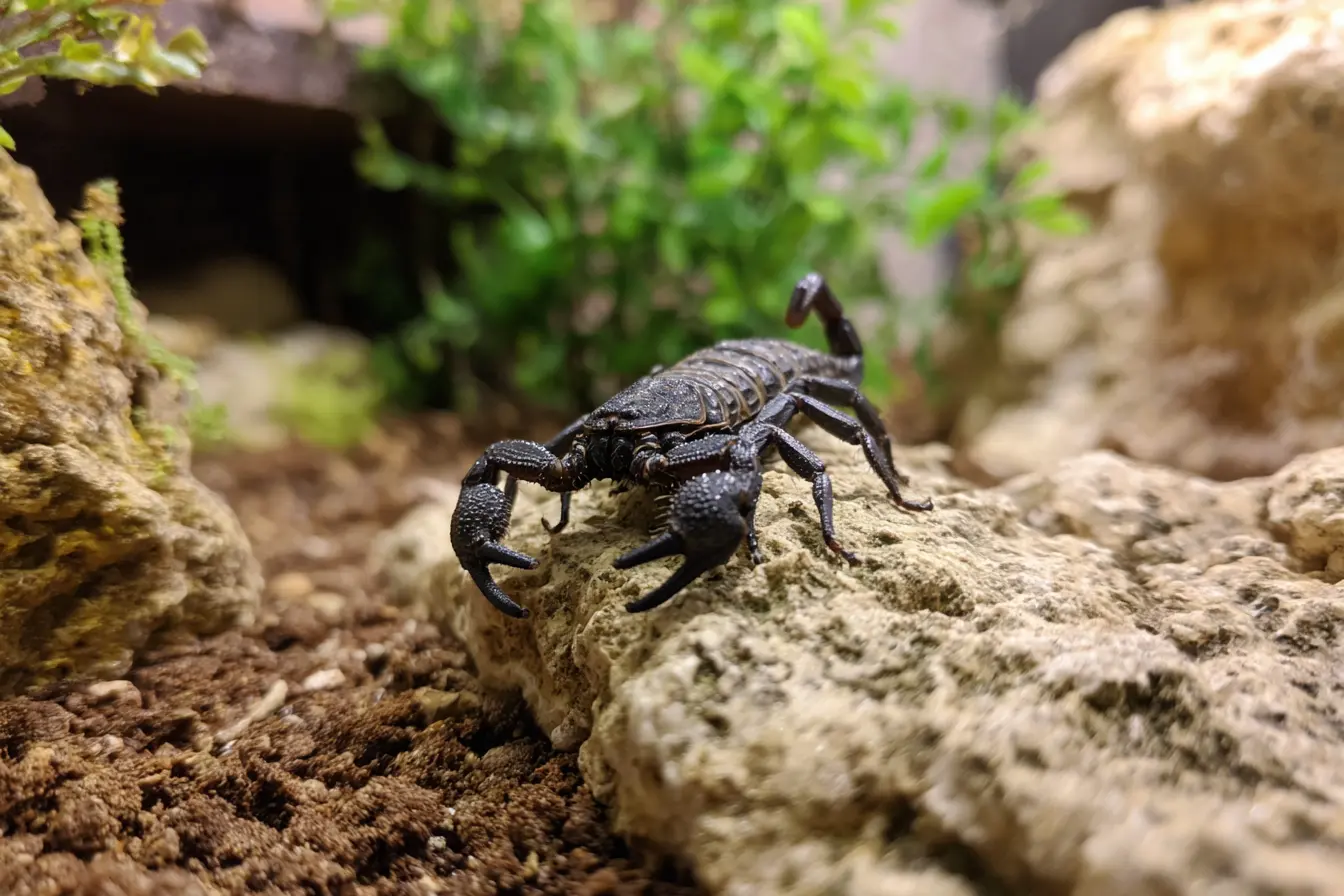
The Complete Guide to Keeping Chilean Brown Pygmy Scorpions
The Chilean Brown Pygmy Scorpion (Brachistosternus chilensis) is a fascinating, lesser-known species originating from the arid and semi-arid regions of Chile. This small, desert-dwelling scorpion is appreciated by enthusiasts for its manageable size, hardy nature, and intriguing behaviours. Though not as colourful as some tropical species, the Chilean Brown Pygmy Scorpion is a rewarding species to observe, particularly for keepers interested in desert invertebrates.
In this guide, we’ll cover everything you need to know about keeping, feeding, and caring for the Chilean Brown Pygmy Scorpion in captivity.
Why Keep a Chilean Brown Pygmy Scorpion?
This species is an excellent choice for beginners and experienced keepers alike due to several appealing features:
- They are small and easy to house in compact enclosures.
- Their natural burrowing behaviours are fascinating to watch.
- They are hardy and tolerant of a range of dry conditions.
- Their mild venom and shy temperament make them a low-risk option.
- They require minimal maintenance and are very affordable to keep.
Quick Facts
- Scientific Name: Brachistosternus chilensis
- Origin: Chilean desert and semi-desert regions
- Size: 3–4 cm (1.2–1.6 inches)
- Lifespan: 3–5 years in captivity
- Temperament: Shy and reclusive, rarely defensive
- Venom: Mild, not considered medically significant
- Diet: Insectivorous, eating small live insects like crickets and roaches
Choosing and Acquiring a Chilean Brown Pygmy Scorpion
Chilean Brown Pygmy Scorpions are typically available from specialist invertebrate breeders. When selecting your scorpion:
- Choose a well-fed individual with no signs of injury or lethargy.
- Captive-bred specimens are always preferable, being healthier and more ethically sourced.
- Juveniles are often easier to acclimatise but may require slightly more attention initially.
Housing and Enclosure Setup
A good enclosure will mimic their natural dry environment and encourage natural behaviours such as burrowing.
Enclosure Type
- A secure plastic or glass terrarium with adequate ventilation is ideal.
- Due to their small size, a 20 cm x 20 cm x 20 cm enclosure is more than sufficient for one scorpion.
Substrate
- Provide a deep layer (8–10 cm) of dry sand, sand-clay mix, or desert-specific substrate to encourage digging and burrowing.
- The substrate should remain mostly dry, with occasional light misting on one corner to provide moisture for drinking.
Hides and Decorations
- Flat stones, cork bark, and small artificial caves make excellent hiding spots.
- They enjoy squeezing into tight spaces and will often dig under rocks.
Temperature and Humidity
- Daytime temperatures should be maintained between 25°C and 30°C, dropping slightly at night.
- Humidity should be kept low, around 30%–40%, but a slight increase is helpful during moulting.
- A shallow water dish can be included but is not always necessary if misting is done regularly.
Lighting
- Special lighting is not required; standard ambient light is fine.
- Avoid placing the enclosure in direct sunlight to prevent overheating.
Feeding and Nutrition
The Chilean Brown Pygmy Scorpion feeds on a variety of small live insects.
Suitable Prey
- Pinhead crickets, small roaches, mealworms, and flightless fruit flies are suitable for juveniles.
- Adults can handle small crickets and roach nymphs without difficulty.
Feeding Frequency
- Feed juveniles twice a week.
- Adults can be fed once a week.
- Always remove uneaten prey after 24 hours to prevent stress.
Watering
- While they don’t drink from bowls frequently, occasional light misting provides hydration.
- Droplets from misting are typically sufficient.
Handling a Chilean Brown Pygmy Scorpion
Like most pygmy scorpions, this species is best admired rather than handled.
- They are fragile and easily injured, so handling should be avoided.
- Use soft tools like a brush or catch cup for enclosure maintenance when necessary.
Moulting and Growth
Chilean Brown Pygmy Scorpions undergo several moults before reaching maturity.
- Moulting frequency slows with age, and adult scorpions may go long periods without moulting.
- Signs of an approaching moult include decreased feeding and hiding more frequently.
- Ensure slightly increased humidity during moulting and avoid disturbing the scorpion.
Breeding Chilean Brown Pygmy Scorpions
Breeding can be rewarding, though it is generally more suited to experienced keepers.
- Males tend to be smaller and more slender with a longer metasoma (tail), while females are broader.
- After mating, females may take several months to give birth to live young (scorplings).
- Scorplings ride on the mother’s back until their first moult, after which they should be separated to prevent cannibalism.
Common Health Issues
Dehydration
- Watch for lethargy and a shrunken body. Increase misting slightly if needed.
Moulting Problems
- Caused by incorrect humidity or stress. Slightly raise humidity before moulting periods.
Injury
- Rare, but can occur from rough handling or enclosure accidents. Provide secure hiding places to minimise risk.
Starvation
- Feeding too infrequently or offering prey that is too large can lead to malnutrition. Adjust prey size accordingly.
Ethical Considerations
- Always purchase captive-bred scorpions to avoid depleting wild populations.
- Ensure their enclosure encourages natural behaviours such as burrowing.
- Never release captive animals into the wild.
Legal Considerations in the UK
- Chilean Brown Pygmy Scorpions are legal to keep in the UK without a licence.
- Always follow proper animal welfare guidelines and source scorpions from reputable breeders.
Final Thoughts
The Chilean Brown Pygmy Scorpion is a hardy, easy-to-care-for species that offers a wonderful introduction to keeping desert invertebrates. Their small size, shy nature, and low maintenance requirements make them a rewarding pet for those who enjoy observing natural behaviours in a simple, well-designed habitat. With a little care, these tiny desert dwellers can thrive in captivity for years to come.
Contents
- Why Keep a Chilean Brown Pygmy Scorpion?
- Quick Facts
- Choosing and Acquiring a Chilean Brown Pygmy Scorpion
- Housing and Enclosure Setup
- Feeding and Nutrition
- Handling a Chilean Brown Pygmy Scorpion
- Moulting and Growth
- Breeding Chilean Brown Pygmy Scorpions
- Common Health Issues
- Ethical Considerations
- Legal Considerations in the UK
- Final Thoughts
Tags
Vets near you
Speciality vets
- Aquatics vet specialists
- Birds vet specialists
- Camelids vet specialists
- Cats vet specialists
- Cattle vet specialists
- Deer vet specialists
- Dogs vet specialists
- Equines vet specialists
- Exotic vet specialists
- Goats vet specialists
- Pigs vet specialists
- Poultry vet specialists
- Sheep vet specialists
- Small Mammals vet specialists
- Wild vet specialists



